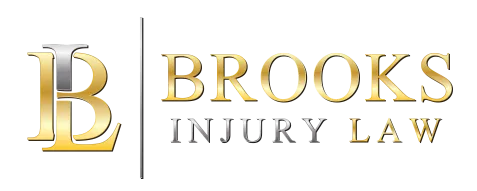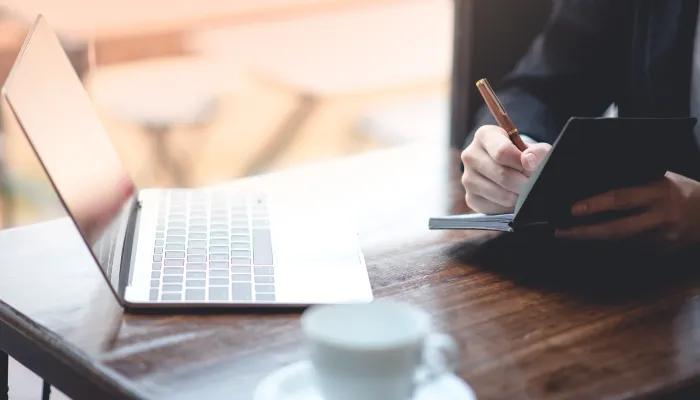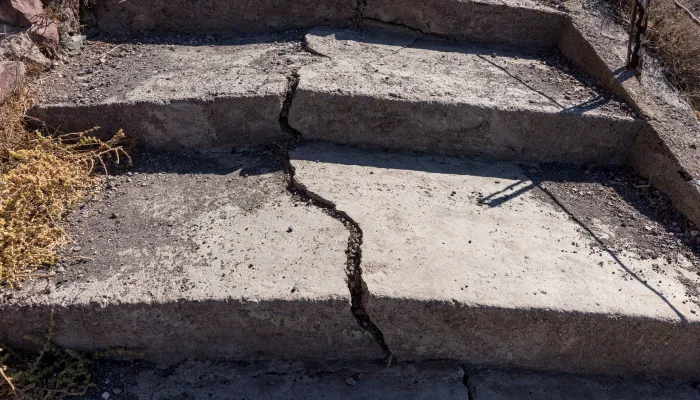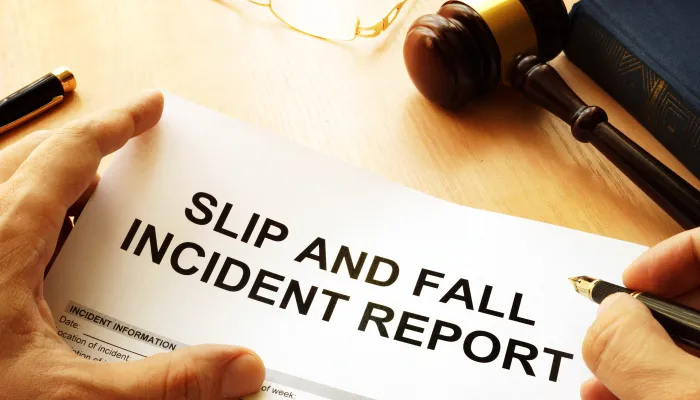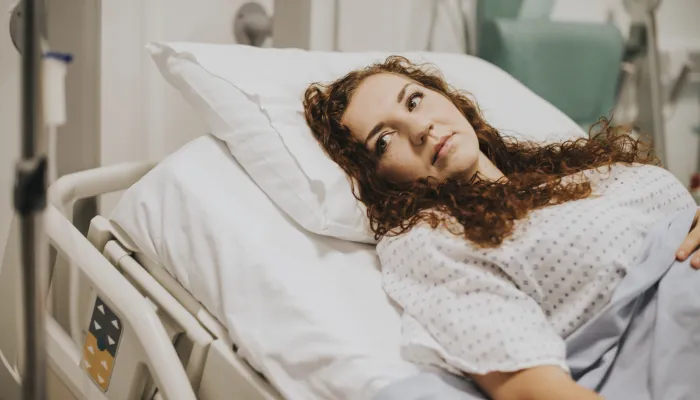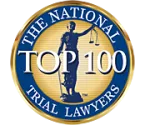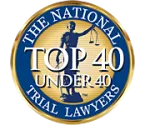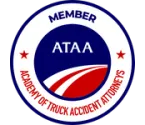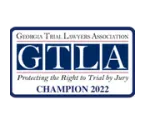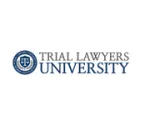If you have been injured due to an owner's negligence in maintaining their property or allowing you onto their property under dangerous conditions, you may be entitled to a financial settlement.
What is Premises Liability?
Premises liability is the technical term for slip and fall accidents. This means that the owner of the property is the one responsible for attending to the upkeep of the grounds.
Property owners are responsible for inspecting their area, tending to known hazards, and letting visitors know that a hazard may exist. Failure to do so can result in a visitor getting injured and in that case, the owner will be held liable.
There are three different types of visitors to an owner's property and each one requires a different type of care.
Invitee: anyone with an invitation to the property
- Customers of grocery stores and shopping plazas are examples of invitees. At these sorts of establishments, the owner must provide the highest level of care and safety. Additionally, if there is a hazard the owner must make their customers known of it. Inspecting the property for potential dangerous conditions is a must.
Licensee: someone with the privilege to access the property by consent
- These individuals are not considered trespassers, but they aren't necessarily an invitee. A social guest is an example of a licensee. In this case, the owner is required to warn the individual of any known hazards or dangerous conditions that could result in an injury. Inspections of the property, however, are not required to protect licensees.
Trespasser: these individuals do not have permission to enter the property
- Burglars and thieves would be the most common type of trespasser. The required care and safety provided to a trespasser is way less than that of an invitee or licensee since they do not have the owner's permission to be there.
If you are unsure if you are considered a premises liability client, contact Brooks Injury Law for assistance.
